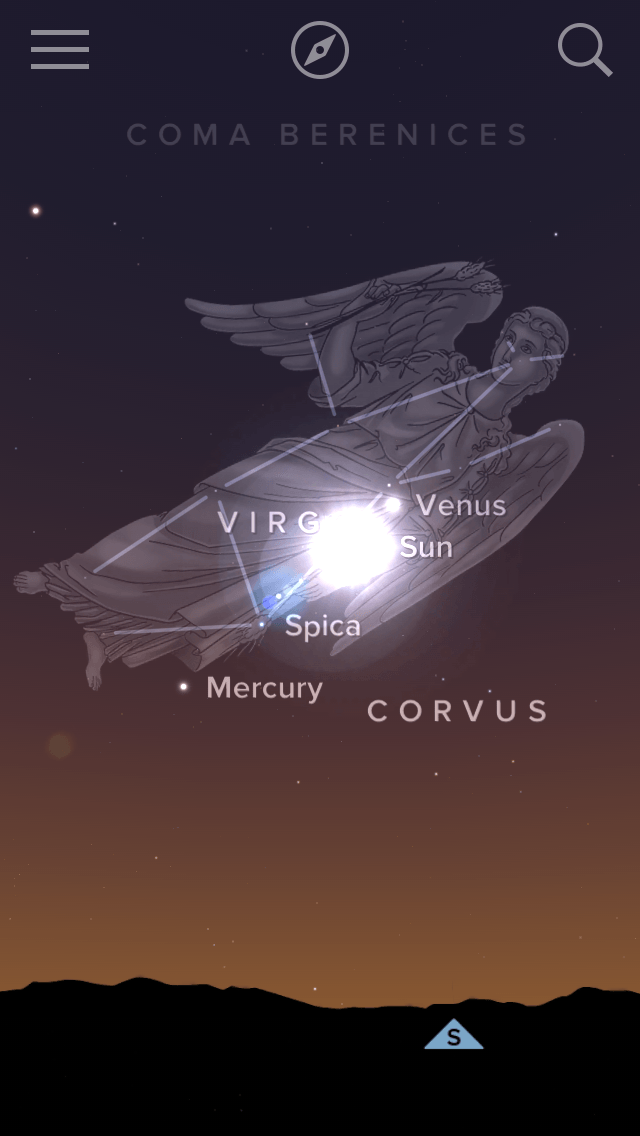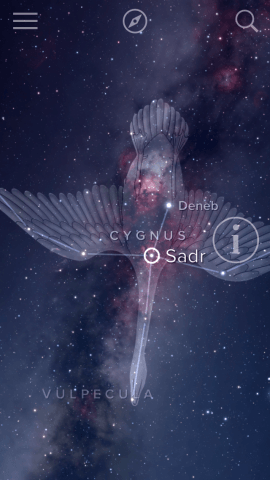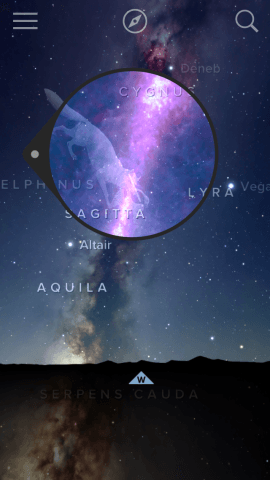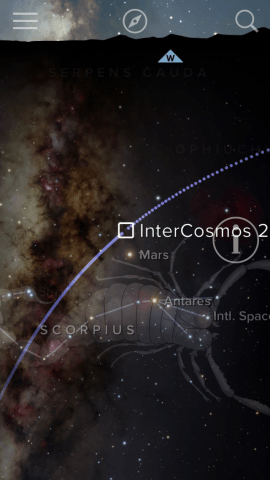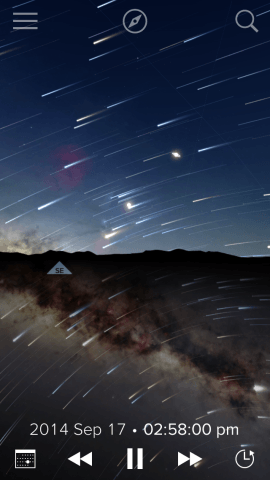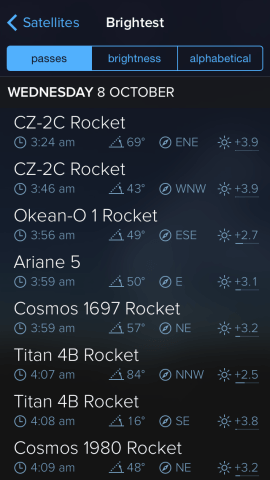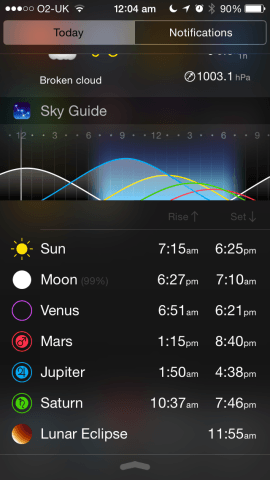Go deeper into space than ever before, while tracking satellites and, oddly, adding virtual light pollution to your display
There are quite a few stargazing apps available for mobile, but for us it’s always been a straight battle between Sky Guide and Star Walk. The former [Star Walk 2 review here] was always the more elegant app — subtle and beautiful, and more pleasant to use; by contrast, Star Walk aimed to wow with its wealth of information, and a feature set beyond Sky Guide’s that incorporated augmented reality, mapping the digital display on to the heavens.
Now iOS 8 has arrived, the race has tightened further, and the comparison is more complex. Star Walk 2 ditched its overtly techie stance and instead aimed for tranquil, adding a mountain-like horizon, low-poly constellation artwork, and a slew of 3D models to represent celestial bodies. Sky Guide suddenly felt outflanked and comparatively poor value.
But while in version 4, Sky Guide doesn’t do quite enough to propel itself back into the lead, it’s once again a reminder of how beauty and grace can often be a remarkably convincing counterpoint to a feature list and digital gadgets.
Heavens above!
Naturally, Sky Guide still enables you to browse a representation of the heavens from your iPhone’s screen. You swipe to move, pinch to zoom, and tap to select. An optional ambient soundtrack plays along in the background, and plinky noises are emitted whenever you tap on a star, satellite or planet. The developer says everything’s now improved, with sharper sky views and a deeper zoom; and the app certainly looks great, clearly bettering Star Walk in terms of refinement and taste.
The app still lacks an augmented reality view, but retains the compass button that attempts to orient the virtual representation of the sky with wherever you’re pointing your iPhone; new to this release is an interesting and genuinely useful light pollution setting, a two-finger upwards swipe being both a damning criticism regarding modern city living and also useful in matching what you can see to what the iPhone displays.
Deep space
In-app x-ray views enable you to delve deeper, however, and all manner of satellites, planets and stars can be located and tracked. Via a granular search, you can discover when any of these bodies rises or sets (or, in the case of satellites, the next time they’ll be overhead, and their position in the sky). As of version 4, you can also be notified of meteor showers, eclipses and comets, so you needn’t miss an event, and objects can be marked as favourites, for faster retrieval at a later date. An at-a-glance Today view widget for Notification Center provides yet another means of quickly accessing data, in this case rise/set times for the sun, moon, and our nearest planets.
So whereas Star Walk became prettier, Sky Guide is still the nicer app to use, and although Sky Guide has more additions than the purely aesthetic, Star Walk 2 remains the more feature-rich app. It might be a cop-out to say so, but given that these two apps are so cheap, our advice to iPhone-owning stargazers is simple: buy them both and get the best of both worlds.
Price: $1.99/£1.49
Size: 98.5 MB
Version: 4.0
Platform: Universal
Developer: Fifth Star Labs LLC
